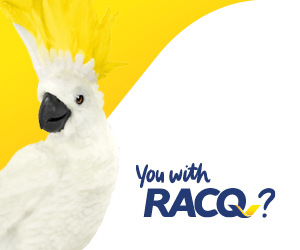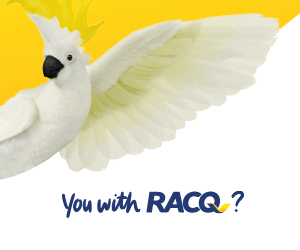Ford Everest Trend 4WD
Launched in late 2022, Ford’s Ranger-based Everest wagon benefits from being a half-decade newer than its Toyota and Mitsubishi rivals, and feels every bit more polished for it.
Featuring a bigger, roomier body and a more up-to-the-minute dash design with superior connectivity, the Everest also feels a class above when it comes to performance and driving dynamics.
The choice of drivetrains includes an impressively smooth and responsive 2.0-litre bi-turbo diesel (154kW/500Nm) or a gutsier 3.0-litre V6 turbodiesel (184kW/600Nm), both driving through a 10-speed automatic.
The extra grunt of the Ford powertrains pays dividends everywhere but notably in the Everest’s staunch 3,500kg braked towing rating.
Like its rivals, the Everest retains an independent front and live-axle rear suspension arrangement, but swaps the ute’s rear leaf springs for coils and multi-links.
Available in Ambiente, Trend, Sport and Platinum grades, the Everest offers more affordable four-cylinder-powered rear-wheel drive variants alongside 4WD Ambiente and Sport variants, while the Sport and Platinum are the only models with the all-wheel drive V6 combination.
Prices start at a respectable $53,990 and climb to a heady $79,490 for the 3.0-litre V6 Powered Platinum 4WD.
Price: $66,790 (MRLP)
Engine: 2.0-litre bi-turbo four-cylinder turbodiesel (154kW/500Nm)
Fuel consumption: 7.2L/100km (190gCO2/km)
Transmission: 10-speed automatic
Towing capacity: 750kg (unbraked)/3500kg (braked)
ANCAP safety rating: 5 stars (2022)
Warranty: Five years/unlimited km
GWM Tank 500 Lux Hybrid
The newest model to make an appearance on our list, the Tank 500 joins its smaller stablemate the Tank 300 in Chinese carmaker GWM’s expanding off-road wagon range.
The generously equipped seven-seat wagon is based on ladder-frame underpinnings shared with GWM’s equally new Cannon Alpha ute and is offered in a two-grade line-up comprising the Tank 500 Lux Hybrid ($66,490) and Tank 500 Ultra Hybrid ($73,990).
Power comes from a 2.0-litre petrol-turbo-hybrid powertrain sending an impressive 255kW/648Nm to all four wheels through a nine-speed automatic and a dual-range transfer case.
Riding on double-wishbone independent front suspension and rear multi-link coil springs with a live axle, the Tank 500 matches reasonably supple on-road ride with good off-road articulation.
With a handy 224mm of ground clearance, 800mm wading depth, strategically placed underbody protection and nine-mode selectable off-road system, the Tank delivers highly capable off-road performance.
A rear diff lock is standard on both models with the Ultra adding an additional front diff lock.
There’s no ANCAP rating yet but the Tank 500 comes equipped with seven airbags and a suite of the latest autonomous driver assist systems.

Engine: 2.0-litre four-cylinder petrol turbo, hybrid (255kW/648Nm)
Fuel consumption: 8.5L/100km (197gCO2/km)
Transmission: Nine-speed automatic
Towing capacity: 750kg (unbraked)/3,000kg (braked)
ANCAP safety rating: Not rated
Warranty: Seven years/unlimited km
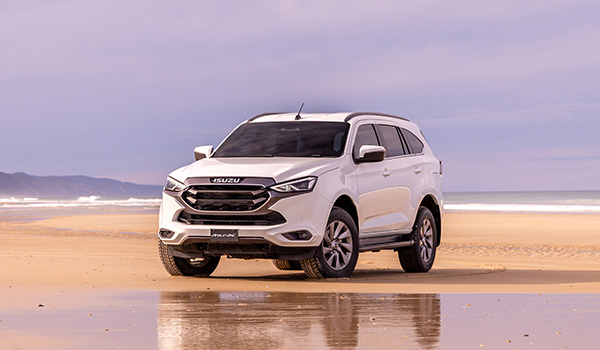
Engine: 3.0-litre four-cylinder turbodiesel (140kW/450Nm)
Fuel consumption: 8.3L/100km (220gCO2/km)
Transmission: Six-speed automatic
Towing capacity: 750kg (braked)/3500kg (braked)
ANCAP safety rating: 5 stars (2022)
Warranty: Six years/150,000km
Isuzu MU-X LS-U 4x4
Boasting one of the smallest model ranges on the Australian market, comprising only the D-Max ute and MU-X wagon, it’s remarkable that Isuzu includes the nation’s best-selling large SUV in its truncated line-up.
Sharing underpinnings with the highly regarded D-Max, the MU-X follows the familiar path of adopting a coil-spring rear suspension for this more passenger-oriented application.
Isuzu has recently added a more affordable, 1.9-litre turbodiesel engine option to several M-UX variants, but we’re focused on the established 3.0-litre four-cylinder turbodiesel.
It’s available across a three-variant model range comprising LS-M, LS-U and LS-T, each with the option of 4x2 or 4x4 drivetrains, with prices starting at $48,900 for the LS-M 4x2 and rising to $65,990 (driveaway) for the LS-T 4x4.
The gutsy, large capacity four-pot drives through a six-speed automatic transmission, with a dual-range transfer case and rear differential lock on 4x4 variants ensuring proper off-road ability.
The MU-X is renowned as a solidlyreliable tow platform and its 3,500kg braked towing capacity comfortably exceeds that of the Fortuner and Pajero Sport.
It features all the advanced safety and connectivity features, which the D-Max introduced to the category in 2020, making the LS-U an impressively safe and comfortable family seven-seater off-road adventurer.
Mitsubishi Pajero Sport GLS
Not to be confused with the original Pajero with which it shares its name and which is no longer in production, the Pajero Sport is based on the previous generation Triton ute’s ladder-frame underpinnings, with rear coil springs replacing the ute’s load-oriented leaf springs.
A new version based on the updated chassis of the sixth-generation Triton is due in early 2025, with a styling and features update of the current model expected before then.
Available in GLX, GLS, Exceed and GSR variants, the former two can be had with 2WD or 4WD drivetrains, while the Exceed and GSR are 4WD only.
All are powered by a workhorse 2.4-litre single-turbo four-cylinder diesel, driving through an eight-speed automatic.
The engine is willing but not particularly responsive and its acceleration is relaxed.
Off-road performance of 4x4 variants is very good thanks to a high-riding stance, good ground clearance, and proper 4WD underpinnings.
The latter includes Mitsubishi’s versatile Super Select 4WD-II system, selectable terrain control system and a rear differential lock on all 4x4 models bar the GLX.
With its slow steering response and floaty ride, the Pajero Sport is not the sharpest tool dynamically, but it’s sturdy, keenly priced and comes backed by the best warranty in the business.
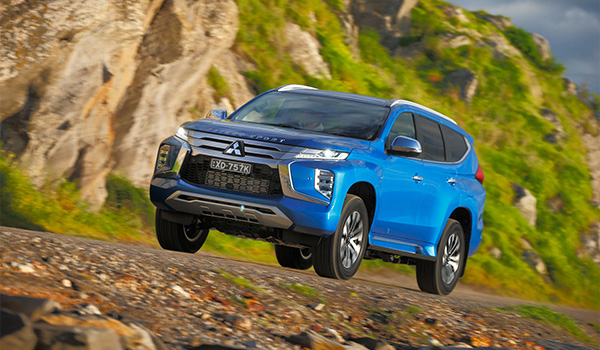
Engine: 2.4-litre MIVEC four-cylinder turbodiesel (133kW/430Nm)
Fuel consumption: 8.0L/100km (212gCO2/km)
Transmission: Eight-speed automatic
Towing capacity: 750kg (braked)/3100kg (braked)
ANCAP safety rating: Not rated
Warranty: 10 years/200,000km
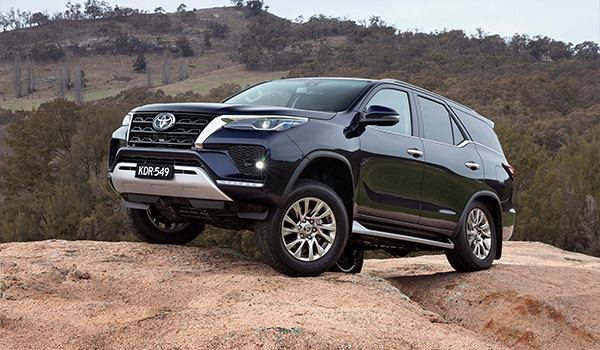
Engine: 2.8-litre four-cylinder turbodiesel (150kW/500Nm)
Fuel consumption: 7.6L/100km (201gCO2/km)
Transmission: Six-speed automatic
Towing capacity: 750kg (braked)/3100kg (braked)
ANCAP safety rating: 5 stars (2019)
Warranty: Five years/unlimited km
Toyota Fortuner GXL
LIKE ITS KEY rival, the Mitsubishi Pajero Sport, the HiLux-based Toyota Fortuner is nearing the end of its model life.
This current generation arrived in 2015 and a new model is due in 2026, a year after the new HiLux debuts.
Unlike the Pajero, Toyota offers the Fortuner in 4WD guise only, in a simple three-variant line-up comprising GX, GXL and Crusade, with prices starting at $53,775 and rising to $66,755.
All three are powered by Toyota’s familiar 2.8-litre four-cylinder turbodiesel, driving the rear wheels through a six-speed automatic.
A dual-range transfer case, sturdy underpinnings and good ground clearance ensure very capable off-road performance.
On-road performance feels more spritely than the Mitsubishi, but like the Pajero Sport the Fortuner is only rated to tow 3,100kg, thanks in part to its coil-spring rear suspension.
The driving position is somewhat compromised by the fact the body sits up high atop chassis rails and taller drivers may find it less than ideal.
Elsewhere, however, the Fortuner interior is decently roomy with seven-seats as standard.
A fuel-saving mild-hybrid version already confirmed for HiLux has been rumoured for later this year.
SsangYong Rexton Ultimate
CRICKET FANS WITH a television set or internet connection can’t help but have noticed moustachioed former Australian fast bowling legend Merv Hughes plugging the merits of the SsangYong Musso ute and its stablemate the Rexton wagon.
As Merv will tell you, the latter is available in a four-variant 4x4-only model range comprising ELX, Adventure, Ultimate and Ultimate Sport, with driveaway prices starting at a low $50,000 and topping out at $60,000.
The Rexton is powered by the same 2.2-litre turbodiesel that motivates the Musso, with the smooth and responsive unit delivering category-competitive outputs enabling a stout unbraked towing capacity of 3,500kg.
The engine mates to a responsive eight-speed automatic with engine and road noise well subdued in the generously appointed cabin.
Standard features include twin 12.3-inch digital screens, a 360-degree camera, quilted-leather upholstery, leather-trimmed steering wheel, sunroof and third-row climate controls.
The Rexton is a capable load hauler and can seat seven within its wide, roomy and impressively well-finished cabin, although third-row accommodation is not overly generous and the curtain airbags don’t extend all the way to the back row.
Adaptive cruise control is also missing from the Rexton’s otherwise comprehensive safety arsenal and there’s no ANCAP rating available to compare its performance with rivals.

Engine: 2.2-litre four-cylinder turbo-diesel (148kW/441Nm)
Fuel consumption: 8.7L/100km (223gCO2/km)
Transmission: Eight-speed automatic
Towing capacity: 750kg (braked)/3100kg (braked)
ANCAP safety rating: Not rated
Warranty: Seven years/unlimited km



